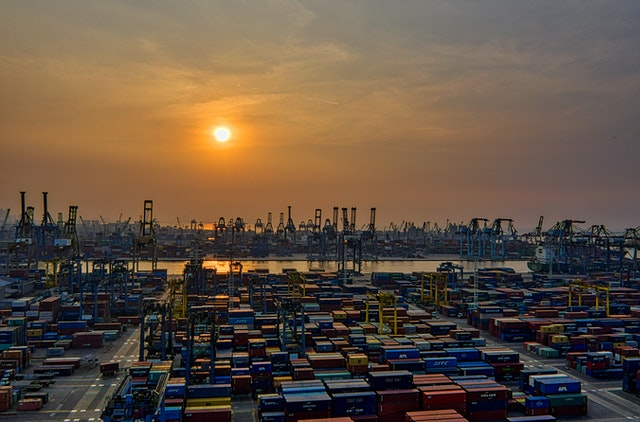Industry Analysis
Mexico´s economy has experienced major growth in the last decades, particularly after the NAFTA agreement was implemented in 1994 (and extended under the new USMCA agreement implemented in 2018), and many other free trade agreements signed by the Mexican government. (As of today, México has free trade agreements with most countries in the world). NAFTA brought major foreign investment into México from manufacturers looking for competitive, qualified, and available labor and logistics costs to supply the North American market, the biggest and most important one in the world. This situation has translated to México being either the first or second-largest trading partner to the US (depending on the month´s geopolitical and economic situation with China and Canada), thus continuing a strategic, important, and oftentimes complicated relationship between our countries.
Demand for transportation services, a consequence of the North American trading block integration in this growing market, has increased accordingly. Market segmentation has occurred as a result of the accumulated experience of years of working with different kinds of vendors, deriving in a pulverized supplier base in the trucking sector and concentrated in two railroads serving México and effectively integrated into the North American rail network (Kansas City Southern de México and Ferromex).

